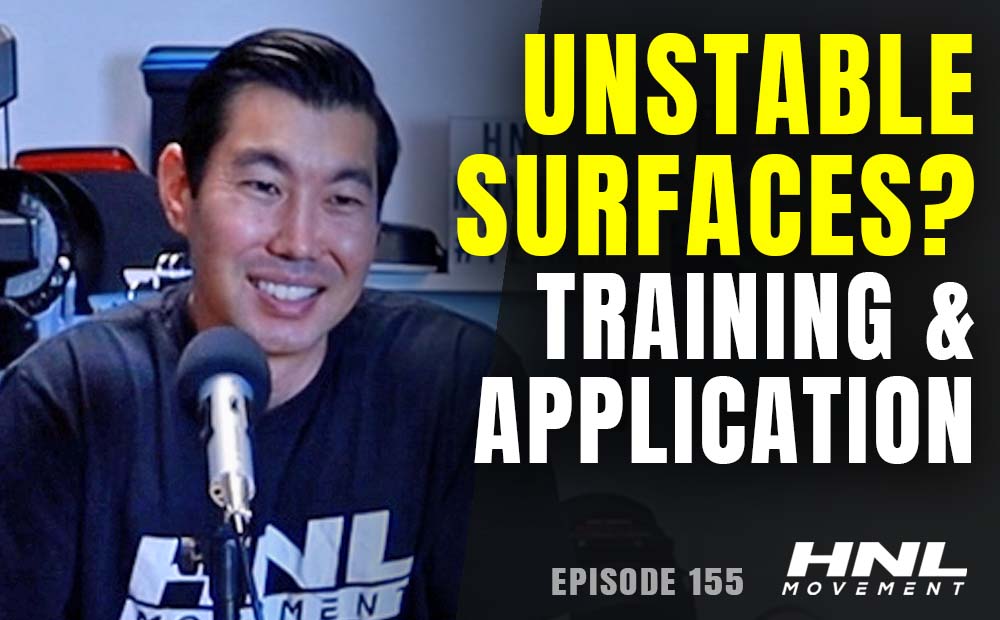
03 Jan 155. Should You Train On Unstable Surfaces? Theory & Application
Happy New Year! Andrew discusses the theory and application of incorporating unstable surfaces in training. Listen in to the benefits, training adaptations, and ways to effectively apply these techniques. Unstable surfaces change the interaction between a person and the external environment. Therefore, when the external surface is unstable, more internal stability is required to carry out the same movement if performed on a stable surface. Essentially there is a tradeoff between surface stability and force production. The more unstable the surface, the more force production will drop off.
Andrew shares key points that he considers and has implemented in training. The use of unstable surfaces may not have direct benefits for most traditional field or court sport athletes. Field and court sports are performed on stable surfaces and often dealing with unstable loads (i.e. opponents, equipment). Less commonly found are athletes that truly interact with unstable and moveable surfaces as seen in surfing, skateboarding, skiing, etc. However, there still are benefits that we all can gain from training on unstable surfaces. Andrew talks more in depth to how he uses this strategy to help potentiate and activate smaller stabilizing muscles with athletes.
Listen in to the insights of how to effectively train on unstable surfaces. The dos and don’ts that Andrew has emphasized in practice. Be sure to stay tuned for more content coming your way on the HNL Movement Podcast, YouTube channel, and social media outlets! Subscribe and follow all the HNL Movement social media outlets to keep up to date with new content in 2023! Happy New Year and enjoy the episode!







 Apple
Apple Spotify
Spotify Google
Google Pandora
Pandora
No Comments